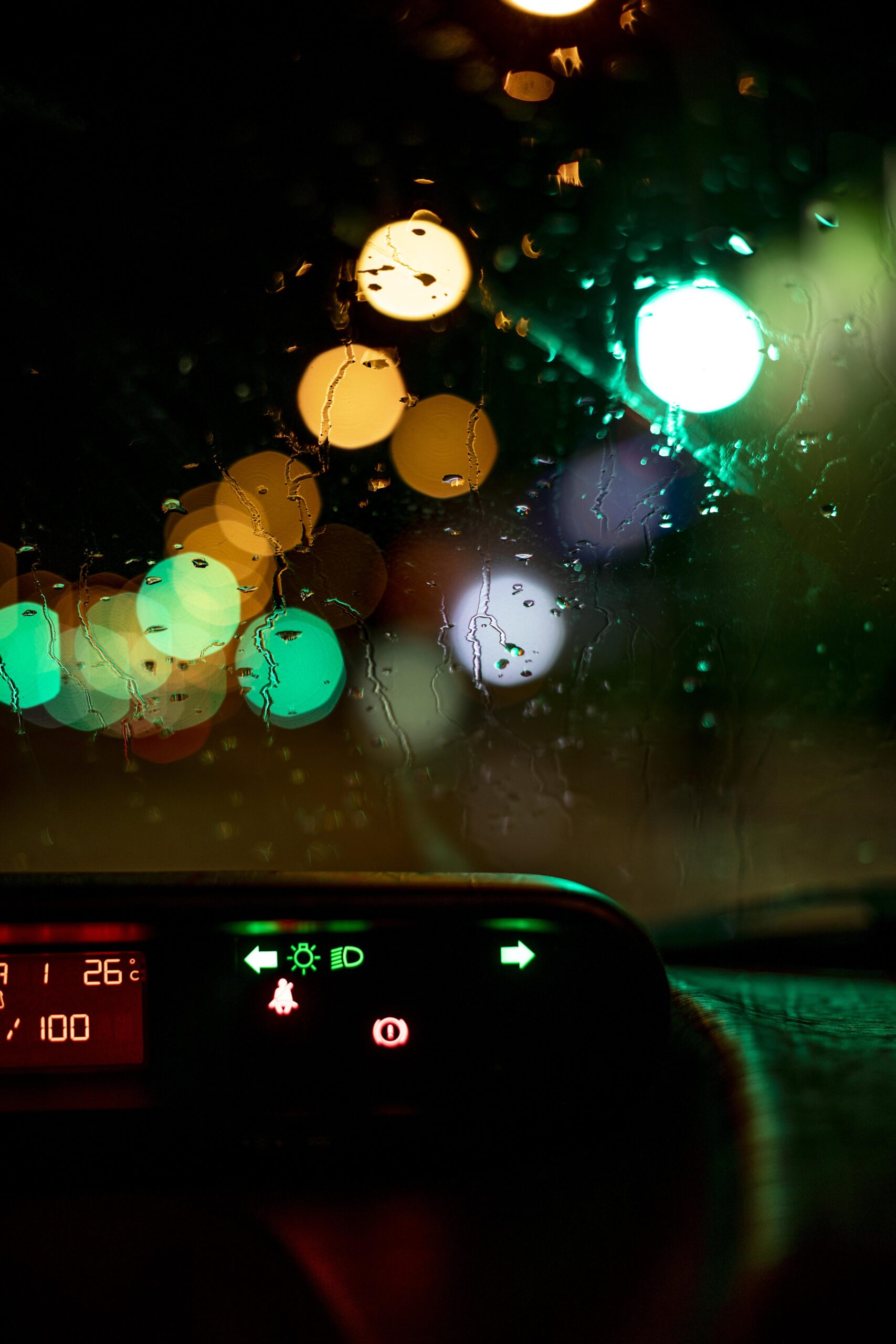Modern vehicles are equipped with advanced features that enhance safety and convenience, including rain and light sensors. These sensors automatically activate windshield wipers and adjust headlights based on external conditions. To indicate their status and potential issues, vehicles have warning lights associated with these sensors. In this article, we will explore the meaning of rain and light sensor warning lights, their significance in ensuring optimal sensor performance, and actions you can take to address any problems.
Rain Sensor Warning Light: The rain sensor warning light, typically depicted as a raindrop symbol or a windshield with raindrops, illuminates when there is an issue with the rain sensor system. The rain sensor uses optical or infrared technology to detect rain on the windshield and activate the wipers automatically. Here’s what the warning light may indicate:
- Malfunctioning Rain Sensor: If the rain sensor warning light remains illuminated, it suggests a malfunction in the rain sensor system. This could be due to a faulty sensor, a wiring issue, or a problem with the sensor’s calibration.
- Dirty Windshield: A dirty or obstructed windshield can interfere with the rain sensor’s performance, leading to an illuminated warning light. Clean the windshield thoroughly and ensure there are no obstructions in front of the rain sensor.
- Sensor Adjustment: In some cases, the rain sensor may require adjustment or repositioning to function optimally. If the warning light persists after cleaning the windshield, consult a professional technician to inspect and adjust the sensor if necessary.
Light Sensor Warning Light: The light sensor warning light, usually depicted as a sun symbol or a headlight beam, is associated with the vehicle’s light sensor system. The light sensor detects the ambient light level and automatically adjusts the headlights accordingly. Here’s what the warning light may indicate:
- Malfunctioning Light Sensor: If the light sensor warning light remains illuminated, it indicates a malfunction in the light sensor system. This could be due to a faulty sensor, a wiring issue, or a problem with the sensor’s calibration.
- Dirty or Obstructed Sensor: A dirty or obstructed light sensor can interfere with its ability to accurately detect ambient light levels. Clean the sensor carefully and ensure there are no obstructions such as dirt, ice, or snow.
- Sensor Calibration: At times, the light sensor may require recalibration to restore its proper functionality. Consult the vehicle’s owner’s manual or a professional technician to learn about the recalibration procedure specific to your vehicle.
Addressing Rain and Light Sensor Issues: If the rain or light sensor warning light remains illuminated, it is recommended to take the following steps:
- Check the Owner’s Manual: Refer to the vehicle’s owner’s manual to understand the specific warning light indications and recommended troubleshooting steps. The manual can provide valuable information about sensor maintenance, cleaning procedures, and reset methods.
- Inspect the Sensors: Inspect the rain and light sensors for any visible damage, obstructions, or signs of wear. Clean them carefully using a soft, non-abrasive cloth and a suitable cleaning solution recommended by the manufacturer.
- Professional Inspection: If the warning light persists or you suspect a more significant issue with the sensor system, it is advisable to seek assistance from a qualified technician or a dealership. They have the expertise and diagnostic tools to identify and resolve complex sensor problems.
Remember, the rain and light sensor systems contribute to improved safety and convenience while driving. Promptly addressing any issues with these sensors ensures optimal performance and helps maintain visibility in changing weather conditions.
Rain and light sensor warning lights serve as crucial indicators of potential problems with the corresponding sensor systems in your vehicle. Understanding their meaning and taking appropriate actions can help you address issues promptly and maintain the functionality of these valuable safety features. Regular maintenance, cleaning, and professional assistance when needed will ensure that your rain and light sensors operate effectively, enhancing your driving experience and safety on the road.











